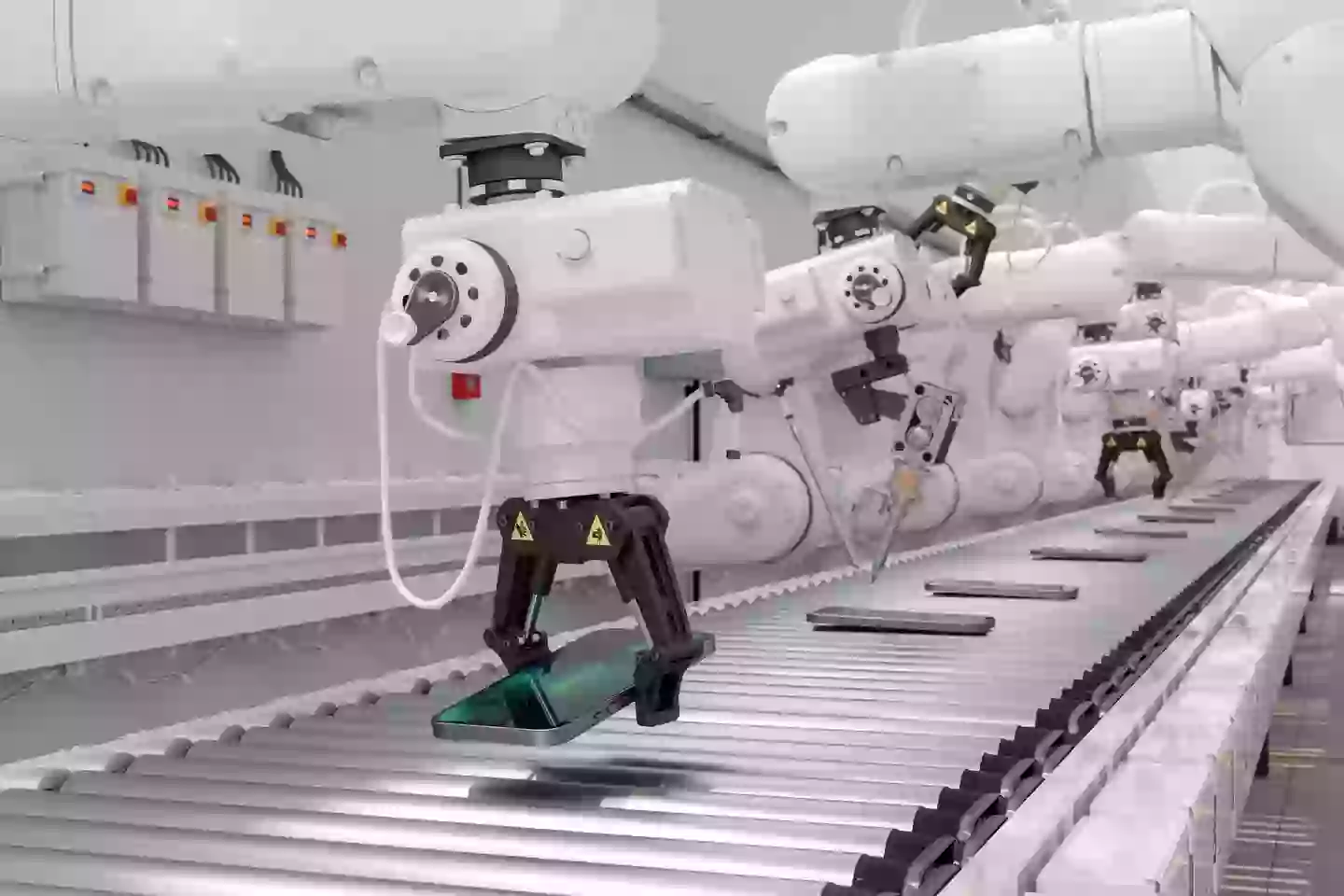“Apple’s Bold Strategy: Will Trump’s Tariffs Spark a Tech War with China?”
As we navigate through the fascinating labyrinth that is global trade, one has to ponder: how many iPhones can fit into a tariff? In a world increasingly driven by gadgets and gizmos, the recent moves in the tariff chess game between the U.S. and China have pulled at the strings of the tech giant, Apple. With smartphones being China’s leading export to the States, the stakes couldn’t be higher. Just when it seemed we were in for yet another tumultuous round of tariffs — with President Donald Trump announcing a 90-day pause on increasing duties — Apple has allegedly devised a crafty workaround. This article delves into how the tech titan is adapting amidst soaring tariffs and the ripple effects these changes could have on consumers eager to snag the latest iPhone. Buckle up; it’s going to be an electrifying ride through the world of trade, technology, and potential price hikes! LEARN MORE.
Smartphones are China’s biggest export to the United States and Apple has reportedly found a way around the current tariff war.
Donald Trump announced on Wednesday (9 April) evening that he would be implementing a 90 day pause on ‘reciprocal’ tariffs – this included raising them yet again for China.
In the morning, the President’s tariffs of 104 percent on Chinese exports came into place when China decided to counter with tariffs of 84 percent on goods coming from the US.
Then later on in the day, the 78-year-old businessman raised tariffs again for China to 125 percent.
With global market uncertainty, some of the biggest companies in the world are having to think of new ways to bypass the tariffs.
Apple, in particular, is the wealthiest business in the world, with a market cap of over $3 trillion, according to The Motley Fool.
The tech giant relies pretty heavily on China for manufacturing many of its products, with CNBC reporting that China accounting for 80 per cent of Apple’s production, according to Evercore ISI last month, who also say that around 90 per cent of iPhones are assembled there.
Not to mention that China is their second-biggest market, ITV News says.
Now, according to The Wall Street Journal, Apple is reportedly set to source more iPhones from India.

Apple is faced with challenges following Donald Trump’s tariff increase on China (Getty Stock Images)
This alleged stop-gap solution is to offset the high cost of China’s tariffs as they reportedly seek to gain an exemption from Trump’s tariffs, say people ‘familiar with the matter’.
Since 2017, the outlet reports that Apple has assembled parts of the older iPhones in India, ‘starting with older models and gradually expanding to include the latest ones’.
In the meantime, those who are thinking of upgrading to the newest iPhone model – set for an annual release later this year – could be paying £300 more.
Harry Mills, director at Oku Markets, told Sky News that ‘consumers can surely expect a feedthrough straight to prices’.
“Consumers eyeing an upgrade might do well to act sooner and avoid a gamble on a £300 price hike,” he said.
Prem Raja, head of trading floor at Currencies 4 You, warned that the tariffs ‘could significantly impact iPhone pricing globally’.

Smartphones are China’s biggest export to the United States (Getty Stock Images)
He said to Newspage: “Analysts suggest US prices might surge by up to 43 percent if Apple passes on the costs, potentially raising the iPhone 16 Pro Max price to approximately $2,300.”
Prior to Trump’s second tariff increase of the day, the Chinese commerce ministry said an ‘increase in tariffs will not solve its own problems’.
“Instead, it will trigger sharp fluctuations in financial markets, push up US inflation pressure, weaken the US industrial base and increase the risk of a US economic recession, which will ultimately only backfire on itself,” they warned.
“If the US insists on further escalating its economic and trade restrictions, China has the firm will and abundant means to take necessary countermeasures and fight to the end.”
LADbible Group has contacted Apple for comment.











